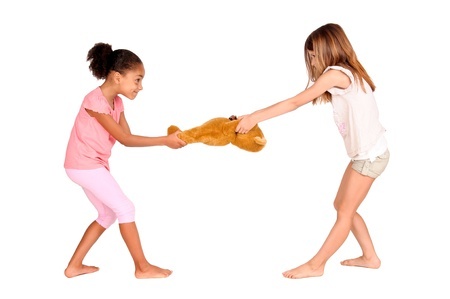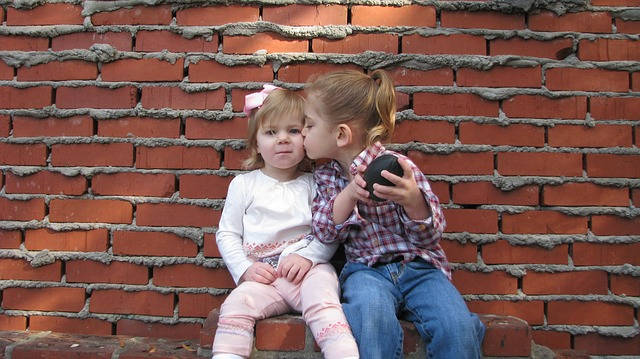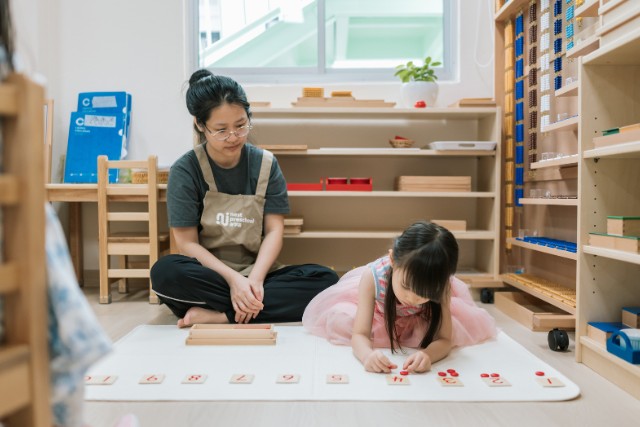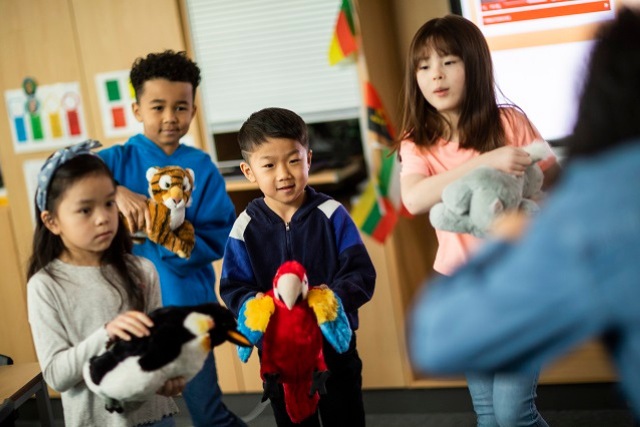If you are a mom with a toddler, fights or cries over a toy or a ball among other toddlers may be a common sight for you.
One of my first few experiences was when Sam was about a year old when I witnessed how another toddler snatched Sam’s toy away from him. Sam cried and ran to me and I was lost at what to do. Thankfully, the mother of the other toddler noticed and firmly told her child that it wasn’t nice of her to take Sam’s toy away. I also noticed how she calmly explained to her daughter that Sam was not done with the toy and she ought to ask Sam properly if she wanted to play with his toy. Her daughter also cried but nodded in agreement with her and came over to Sam to make an apology.

I was amazed at the apology, the amount of patience that this mother had for her child and also how uniquely she approached the problem – with much insight for the child and calmly. After experiencing several toddler fights that Sam has been involved, I was determined to find out how I can better manage these fights calmly, yet also affirming Sam’s valid emotions involved and how I can also take the opportunity to educate him on how to share his toys appropriately.
Why Do We Share?
Traditional sharing expects young kids to give up something the instant someone else demands. I have always wondered why we make kids share their things when we as adults don’t have to when we don’t want to, and why we force kids to play together when they don’t want to. As a mature adult, I know that it is only wise and socially acceptable to share what we have with others, yet many times I don’t share my treasured items with others such as my mobile phone, electronic devices or sometimes even my favourite foods.
As a mom, I aim to treat my child with respect and honour their voice, to educate and model good values such as discipline, being responsible and respectful to others. Yet I find it a challenge when I have to force them to do things when they are not hurting anyone (and they are getting hurt in the process), so that they can learn. I also struggle with the need to discipline them when they are making a fuss, when they have made someone cry (intentionally or unintentionally) or disobeying my orders. So what do I do?
Is It Okay Not To Share?
Don’t get me wrong, while I’m all for cultivating generosity in our kids, somehow it is generally the way we approach on how to educate sharing that backfires. I find that it is only normal that children refuse to share or get themselves into toddler fights over their toys because they are only children who are still incapable of understanding the concept of generosity and sharing.
As Erik Erikson would agree, these children are going through a common stage of life development of building their trust and autonomy from the time of their birth to their toddler age (0-3 years old). He believes that parents who create supportive environments will allow their toddlers to learn self-sufficiency and gain self-confidence. Overprotective or disapproving parents can lead to children who second-guess themselves. And it will also take time for our children to learn about building their trust, autonomy and also generosity, in this case.

I think it is only fair that we go back to the primary basics and ask ourselves why we need to share if that matters, other than because it is only right and that it is socially acceptable. Are there other methods other than forcing our children to share or do things that they don’t want to, yet we can still educate them the right values and also allowing them to be who they are (and become emotionally stable children)?
The funny thing is, as adults we wouldn’t share with others the items we are using at that moment, until we are done with it. We expect people to wait for their turn. Thus it is only fair that the same should apply to our children: let the child keep a toy until she’s “all done.” It’s turn-taking. It’s sharing. But the key is it’s child-directed turn-taking.
Life Opportunities To Instil Assertiveness and Control

Heather Shumaker who wrote the book “It’s OK NOT to Share… and Other Renegade Rules for Raising Competent and Compassionate Kids” challenges conventional mindsets and shares on good old solid child development principles that raise smart, sensitive, and self-sufficient kids. With regard to sharing, it is possible to accept that your child doesn’t wish to share and yet, we can also educate them on positive assertiveness and to take turns through the learning process.
She educates parents that instead of saying “You have five more minutes and it’s Tabby’s turn”, teach your child to say “You can have it when I am done.” By doing so it teaches your child to stand up for themselves, and learn to set boundaries on other children. Also, it educates them about taking turns, and educating the waiting child about patience.
What If The First Child Forgets About Sharing and Moves On?
We can remind her that Tabby is waiting for a turn. This is a great opportunity to educate our children on the lesson in courtesy and awareness of others. And if the child decides to hand over the toy willingly on her own, the act will bring about a joyous moment for both children. And when that happens, the gush of good feelings (which comes from true generosity) tells your child that this feeling will come from being kind to the others. She will wish to repeat the act to achieve that same warm and good feelings again and again – whether or not her parent is watching. THAT is what I hope to achieve in parenting Samuel – which the act comes naturally and willingly.
As many would ask, “Wouldn’t it be unfair for the waiting child, Tabby?”

Yes, waiting is hard, for anyone, especially for a young toddler. But like the art of assertiveness, waiting is also a much needed, excellent life skill. With the many opportunities that our children may have to wait for their turn for the toy, and to experience all the frustrations and sadness for a short time will allow them to learn how to better control their behaviour and express emotions more appropriately.
Don’t be afraid of a few stomping of their feet and loud crying. As parents, we can either panic and reprimand them fiercely to stop crying or seize the opportunity to educate patience and how to better express their emotions. The goal here is to eventually educate our children on the art of waiting and how they can control their impulses (to wait for a toy and not grabbing).
What better way is there for our children to learn assertiveness and patience other than through the life experiences they face? Such opportunities are precious!
Like adults, the more practice our children get, the better they will learn to manage their emotions and the art of turn-takings and waiting. Sharing through turn-taking definitely provides excellent practice!
By Yvonne Chee
If you find this article useful, do click Like and Share at the bottom of the post, thank you.
Like what you see here? Get parenting tips and stories straight to your inbox! Join our mailing list here.


















































